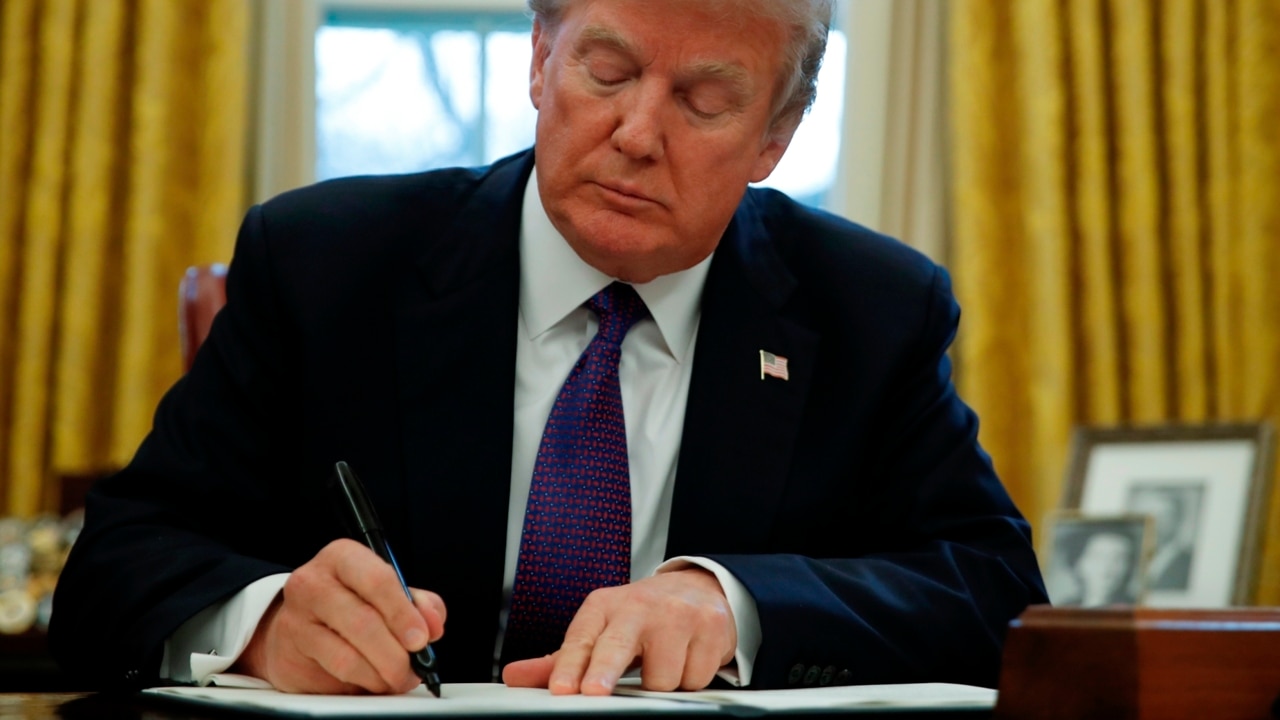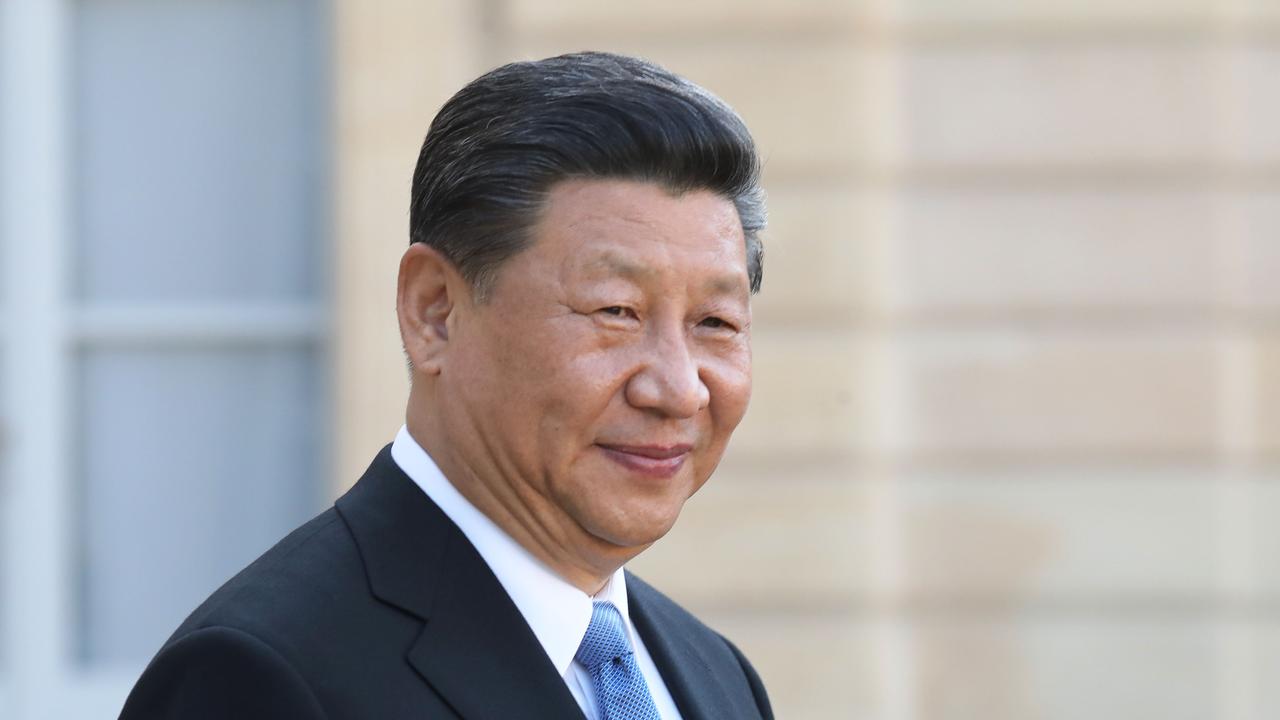What you need to know about Donald Trump’s tariffs on steel and aluminum
Five things to know about Donald Trump’s steel and aluminum tariffs | EXPLAINER

President Donald Trump this morning signed orders implementing his long-awaited global steel and aluminum tariffs, which he says are needed to protect American national security. Here are five things to know about the move.
1. What are the main details and goals?
The policy sets a 25 per cent global tariff on steel imports and 10 per cent on aluminum. The duties would take effect within 15 to 30 days, according to White House trade adviser Peter Navarro. Those levels were set specifically to give the US industries sufficient protection from foreign competition to allow them to boost production to the point where they are using 80 per cent of their capacity for steel and aluminum, a level the Commerce Department says is essential for a healthy industry. Commerce says the capacity utilisation rate was 72 per cent for steel in 2017, 39 per cent for aluminum.
2. Will any countries be spared?
When Mr Trump and aides first announced the plans last week, they said there would be no exceptions. But after intense lobbying and business warnings about disrupting integrated supply chains — even the United Steelworkers union and Pittsburgh-based aluminum giant Alcoa Corp asked Canada be excluded — the White House has decided to exclude Canada and Mexico for now. That deal is contingent upon those countries successfully concluding a renegotiation of the North American Free Trade Agreement, though there appears to be no deadline on how long that might take. However, even those two neighbours won’t escape untouched. They are likely to be hit with a quota crafted to keep their US sales at about 2017 levels — and prevent them from importing and then re-exporting cheap steel from other countries as a way of circumventing the tariffs. “We’re going to be quite flexible,” Mr Trump said.
3. Anybody else?
Maybe. Trump aides seem to be taking a “Let’s Make A Deal” approach. “It will be written in such a way flexibly to allow other countries or the European Union bloc to deal with us in good faith and see if there’s a way that they can basically negotiate an arrangement,” Mr Navarro said in a Wall Street Journal interview Wednesday. Mr Trump might be willing, for example, to bargain away his steel tariffs for a cut in Europe’s high auto tariffs. It’s unclear how that process would be carried out.
The president also suggested on Thursday, for the first time, that Australia could be carved out from the tariff policy. “We have a very close relationship with Australia, we have a trade surplus with Australia,” he said. “Great country, long-term partner. We’ll be doing something with them.’’ Australia exports $US210 million in steel and $US213 million in aluminum to the US each year.
4. How does that affect countries that aren’t exempted?
This is perhaps the most significant unanswered question. The chief architects of the policy — Mr Navarro and Commerce Secretary Wilbur Ross — have a very clear goal in mind: to block a fixed volume of imports to get US production up to a certain level. So excluding Canada — the largest foreign source of steel and aluminum for the US — suggests tariffs would have to get jacked up well beyond 25 per cent and 10 per cent on everybody else. Messrs Navarro and Ross have implied that in their statements but haven’t given out new numbers. “Keep in mind that the president is well aware that anytime you remove someone from the universe for a good reason, in order to continue to defend those industries you have to make an upward adjustment to the tariffs on the remaining countries,” Mr. Navarro told the Journal.
5. How does steel from European allies pose a national-security threat? And why aren’t we just hitting countries that violate trade rules like China?
This is the most confused part of the debate over the policy, where proponents and opponents are talking past each other. To Messrs Trump, Navarro and Ross, the national security concern is the health and independence of the US steel and aluminum industries, which they say are crucial for American military needs. All imports, even from close allies, threaten that, in their view. The law they are invoking to justify the tariffs — Section 232 of the 1962 Trade Expansion Act — doesn’t require proving that an exporter has done anything wrong, just that the exports pose a threat to American industry. The Trump administration is perfectly willing to punish countries for what they consider violations of trade rules — notably an investigation on China — but that’s not the main point behind these tariffs.
Wall Street Journal






To join the conversation, please log in. Don't have an account? Register
Join the conversation, you are commenting as Logout